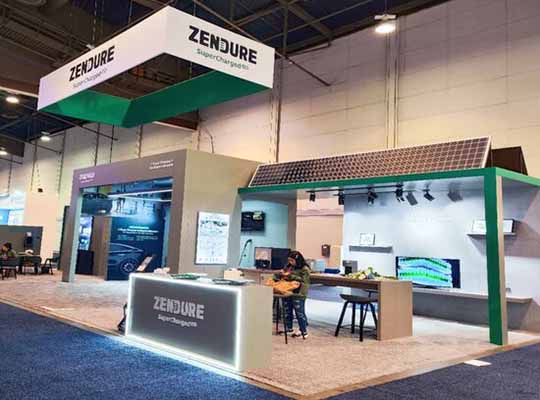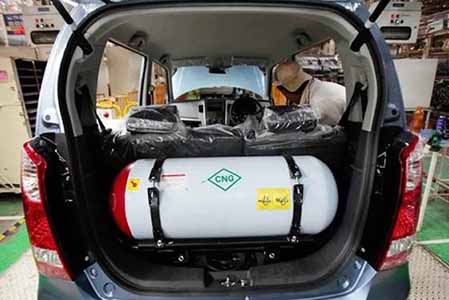Global leading solar module manufacturer Seraphim Energy Group, has launched TOPCon, a new series of solar photovoltaic (PV) modules designed to achieve higher efficiency of solar photovoltaic energy conversion.
The TOPCon series module adopts 182mm N-type high-efficiency cells, which has made a breakthrough in module efficiency and power generation. It can achieve a mass production of solar PV module energy conversion rate of 22.5 percent and a power of 580W, which can provide a lower kilowatt hour (kWh) cost for distributed PV projects and large ground power stations.
Compared with traditional components, the TOPCon series components are enhanced by innovative technologies such as passivation contacts, ultra-fine multi-master grid, high-density packaging, and have superior performance in terms of the power temperature coefficient, light decay resistance and low light performance.
In recent years, with the gradual improvement of the conversion rate of PV cells, the conversion rate of the mainstream Passivated Emitter and Rear Cell (PERC) cells has been close to the theoretical efficiency limit of 24.5 percent of P-type cells, while the TOPCon components, with its higher conversion efficiency, it is expected to lead an important development direction of high efficiency crystalline silicon cells.
“Due to its superior load and stability, we have extended the TOPCon series of components to 30 years of warranty, well above the prevailing market standard,” said Yang Yong, CEO of Seraphim, adding that the series of components are available in a variety of sizes and can meet different application needs.
“With the expansion of the capacity layout of N-type TOPCon modules, Seraphim will continue to develop and sell PV modules with high conversion efficiency and high quality to meet the demand and explore a better path for the innovative development of the PV industry,” said Polaris Li, President of Seraphim.
It is noted that the TOPCon series of components are now in full production, and it is expected to reach an ongoing capacity of 4 gigawatt (GW) of components by the end of 2023, providing enough volume to supply the market.













